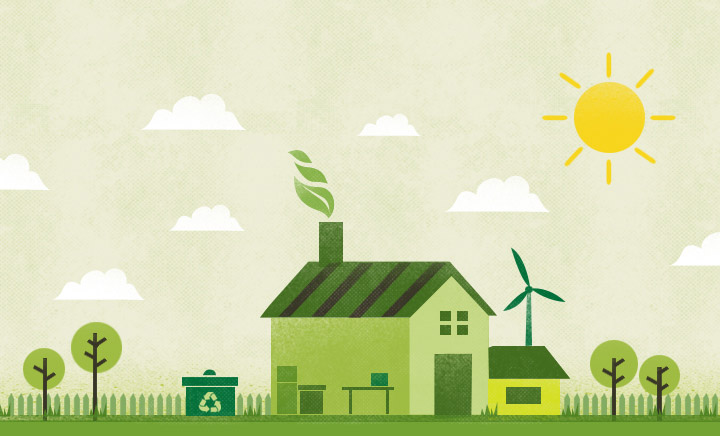
In this article, we present the top 10 innovative water conservation projects that can help reinvent your homestead.
These practical and informative solutions address the growing need for sustainable water management and offer a range of options suitable for any homeowner looking to conserve water and reduce their environmental impact.
From rainwater collection and greywater recycling to drip irrigation and native plant landscaping, these projects provide practical and effective ways to optimize water usage while maintaining the freedom to enjoy a beautiful and sustainable home.
Rainwater Collection
Rainwater collection is a sustainable and efficient method of water conservation that involves the capture and storage of rainwater for various domestic purposes on your homestead. Rainwater harvesting has gained popularity as one of the most effective water conservation strategies. By installing a rainwater collection system, you can reduce your reliance on municipal water sources and contribute to a more sustainable environment.
There are several ways to collect rainwater, including using rain barrels, cisterns, and underground tanks. Rain barrels are affordable and easy to install, making them a popular choice for homeowners. Cisterns and underground tanks, on the other hand, offer larger storage capacities and can be used to irrigate gardens or even supply water for livestock.
When setting up a rainwater collection system, it is important to consider the size of your roof, the average rainfall in your area, and the intended use of the harvested water. Proper filtration and maintenance of the system are also crucial to ensure the water's quality.
Greywater Recycling
Greywater recycling is an innovative and practical solution for conserving water in your homestead. By reusing water from sources such as sinks, showers, and laundry, you can significantly reduce your water consumption and contribute to a more sustainable lifestyle.
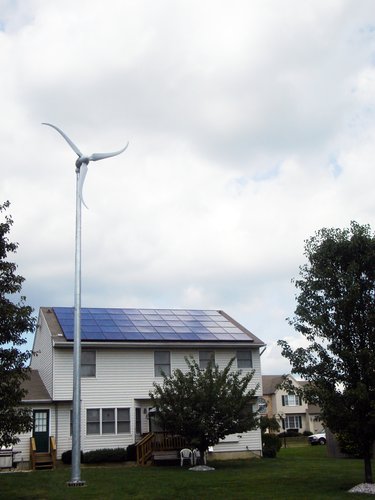
DIY greywater recycling systems are available, allowing you to easily implement this water-saving practice in your home.
Benefits of Greywater Recycling
One of the most significant benefits of implementing greywater recycling on your homestead is the potential for reducing water consumption and conserving this valuable resource.
Greywater refers to the wastewater generated from sources such as sinks, showers, and laundry. Instead of letting this water go to waste, it can be collected and treated for reuse in irrigating gardens, flushing toilets, or even for laundry purposes.
By recycling greywater, you can significantly reduce your dependence on freshwater sources, which is especially important in areas facing water scarcity or drought conditions.
Additionally, greywater recycling can lead to cost savings on water bills and contribute to a more sustainable and environmentally friendly lifestyle.
It is a practical and DIY approach to water conservation that empowers homeowners to take control of their water usage and make a positive impact on the environment.
DIY Greywater Recycling Systems
A cost-effective and sustainable solution for conserving water is the implementation of DIY greywater recycling systems. These systems allow you to reuse water from sources such as sinks, showers, and washing machines for purposes like irrigation or flushing toilets.
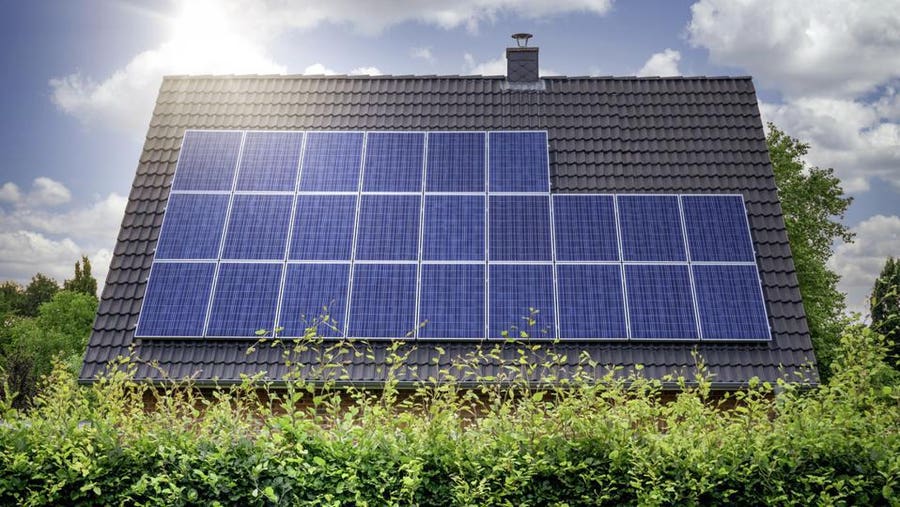
Here are four homemade filtration systems that can help you achieve cost-effective water recycling:
- Mulch Basin: This simple system involves redirecting greywater to a mulch-filled basin, where the water is filtered naturally by the mulch before being absorbed by the soil.
- Plant-Based Filters: Create a filter using layers of sand, gravel, and plants like reeds or cattails. As the greywater passes through these layers, impurities are removed, and the water is purified.
- DIY Wetland: Similar to plant-based filters, a DIY wetland uses a constructed wetland bed filled with sand, gravel, and aquatic plants. The water is purified as it flows through these natural filters.
- Greywater Diversion Device: This system diverts greywater directly to your garden or lawn, eliminating the need for filtration. It's a simple and cost-effective way to reuse water without complex installations.
Drip Irrigation
Implementing a highly-efficient and precise watering system, drip irrigation has become a vital component in modern water conservation efforts. Drip irrigation efficiency is achieved through its innovative irrigation techniques, where water is delivered directly to the plant roots in a slow and steady manner. Unlike traditional sprinkler systems that waste water through evaporation and runoff, drip irrigation ensures that water is used efficiently and effectively.
With drip irrigation, water is delivered directly to the root zone of plants, minimizing water loss due to evaporation and ensuring that plants receive the necessary moisture for optimal growth. This targeted approach also reduces weed growth and prevents diseases, as water is not sprayed on the leaves.
In addition to its efficiency, drip irrigation is also practical and easy to install. It can be used in various settings, from small gardens to large agricultural fields. Drip irrigation systems can be automated, allowing for precise control over watering schedules and reducing the need for manual labor.
Native Plant Landscaping
Native plant landscaping offers numerous benefits for water conservation efforts. These plants are well-adapted to the local climate and require less water than non-native species. By incorporating native plants into your landscape design, you can create a water-efficient environment that thrives with minimal irrigation.
To design a water-efficient landscape, consider factors such as site analysis, plant selection, and grouping plants with similar water needs together. Site analysis involves assessing the soil type, sun exposure, and drainage conditions of your property. This information will help you determine which native plants will thrive in your specific location.
Plant selection is crucial for a water-efficient landscape. Choose native plants that are drought-tolerant and have low water requirements. These plants are adapted to the local climate and can survive with minimal irrigation. Native grasses, succulents, and shrubs are excellent choices for water conservation.

Grouping plants with similar water needs together is another key aspect of designing a water-efficient landscape. By grouping plants with similar watering requirements, you can efficiently plan your irrigation system. This ensures that each plant receives the appropriate amount of water, minimizing waste.
Incorporating native plants into your landscape not only conserves water but also supports local ecosystems. Native plants provide habitat and food for native wildlife, including birds, butterflies, and pollinators. By creating a water-efficient environment with native plants, you contribute to the overall health and biodiversity of your surroundings.
Benefits of Native Plants
The utilization of native plants in landscaping enhances water conservation efforts and promotes ecological sustainability. By incorporating native plants into your garden or landscape, you can enjoy a range of benefits that not only conserve water but also support the natural ecosystem.
Here are four water-saving plant choices and the benefits they offer:
- Drought tolerance: Native plants have adapted to the local climate, making them naturally drought-tolerant. This means they require less water once established, reducing the need for irrigation.
- Reduced maintenance: Native plants are well-suited to the local environment, requiring minimal care and maintenance. This saves both time and money.
- Wildlife habitat: Native plants provide food and shelter for native wildlife, attracting birds, butterflies, and other beneficial insects to your garden.
- Soil health promotion: Native plants have deep root systems that help improve soil structure, reduce erosion, and increase water infiltration, leading to healthier soil over time.
Designing a Water-Efficient Landscape
Designing a water-efficient landscape can be achieved through the careful selection and incorporation of native plants, which offer numerous benefits for conserving water and promoting ecological sustainability. Water efficient gardening involves choosing plants that are adapted to the local climate and require minimal water once established.
Native plants are well-suited for this purpose as they have evolved to thrive in the specific conditions of a region. They are typically drought-tolerant and have deep root systems that help them access water from deeper soil layers. Additionally, native plants provide habitat for local wildlife and support biodiversity.
To further enhance water efficiency, sustainable irrigation systems can be implemented. These systems utilize techniques such as drip irrigation, rainwater harvesting, and smart controllers to optimize water usage and minimize waste.
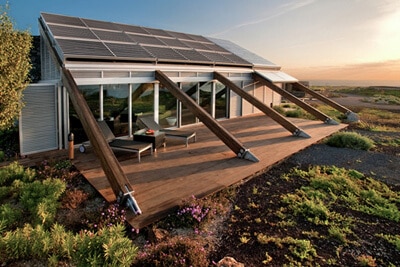
Compost Toilet Installation
Installing a compost toilet is an essential step in creating a water-efficient homestead. Not only does it reduce water consumption, but it also helps in waste management and contributes to sustainable living.
Here are four important things to consider when installing a compost toilet:
- Compost Toilet Maintenance: Regular maintenance is crucial to ensure proper functioning and prevent odors. This includes adding bulking agents, monitoring moisture levels, and turning the compost regularly.
- Compost Toilet Regulations: Before installing a compost toilet, it is important to check local regulations and obtain any necessary permits. Different areas may have specific guidelines regarding the installation and use of compost toilets.
- Choosing the Right Design: There are various types of compost toilets available, such as self-contained units or central systems. Consider your specific needs, space availability, and budget when selecting the appropriate design for your homestead.
- Proper Ventilation: Adequate ventilation is important to prevent odors and maintain a healthy environment. Ensure that your compost toilet has proper ventilation systems, such as vents or fans, to enhance airflow and promote decomposition.
Xeriscaping
Xeriscaping, a method of landscaping that focuses on drought-resistant plants and water conservation, offers numerous benefits for homeowners. By choosing water-saving plant options and implementing techniques such as mulching and efficient irrigation systems, xeriscaping can significantly reduce water usage and maintenance requirements.
With its practical approach to landscaping, xeriscaping is a sustainable solution that not only conserves water but also enhances the beauty and functionality of your homestead.
Drought-Resistant Landscaping Options
One effective approach to conserving water in landscaping is through the implementation of drought-resistant plants and techniques. By choosing plants that are naturally adapted to arid conditions, you can reduce the amount of water needed to maintain your landscape.
Here are four water-saving gardening techniques and drought-tolerant plants to consider:
- Xeriscaping: This landscaping method focuses on using low-water plants, mulch, and efficient irrigation systems to minimize water usage.
- Plant selection: Opt for drought-tolerant plants such as lavender, succulents, and ornamental grasses that require less water and can withstand dry conditions.
- Soil improvement: Enhance the soil's ability to retain moisture by adding organic matter like compost or peat moss. This helps reduce water runoff and promotes healthier plant growth.
- Watering strategies: Use smart irrigation techniques like drip irrigation or soaker hoses to deliver water directly to the plant roots, minimizing evaporation and water wastage.
Benefits of Xeriscaping
With its emphasis on water conservation and sustainable landscaping practices, xeriscaping offers a multitude of benefits for homeowners.
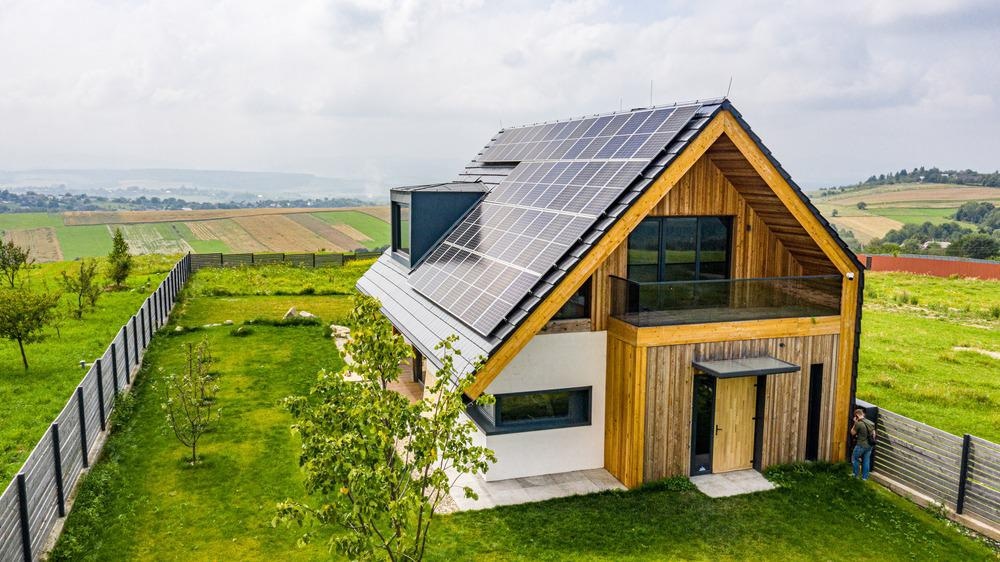
Xeriscaping, also known as drought-tolerant gardening or water-wise landscaping, is a landscaping technique that aims to reduce or eliminate the need for supplemental irrigation.
By choosing native plants that are adapted to the local climate and soil conditions, homeowners can create a beautiful and low-maintenance landscape that requires little water.
This not only helps to conserve water during times of drought but also reduces water bills and the need for chemical fertilizers and pesticides.
Additionally, xeriscaping can increase property value, attract local wildlife, and create a peaceful and inviting outdoor space for homeowners to enjoy.
Water-Saving Plant Choices
By selecting drought-tolerant plant varieties that are well-adapted to the local climate and soil conditions, homeowners can effectively reduce their water consumption in their xeriscaped landscapes. Water-efficient gardening, also known as xeriscaping, is a sustainable landscaping practice that aims to minimize water usage while still creating beautiful and functional outdoor spaces.
Here are four water-saving plant choices that can help homeowners achieve their xeriscaping goals:
- Succulents: These plants have thick, fleshy leaves that store water, making them highly drought-tolerant. They come in a variety of shapes, sizes, and colors, adding visual interest to any landscape.
- Native Plants: Native species are well-adapted to the local climate and soil conditions, requiring minimal watering once established. They also provide habitat for local wildlife, promoting biodiversity.
- Ornamental Grasses: These grasses are not only visually appealing but also highly water-efficient. They require less water than traditional turf grasses and can add texture and movement to the landscape.
- Mediterranean Herbs: Plants like rosemary, lavender, and thyme are not only aromatic but also water-wise. They thrive in dry conditions and can be used for culinary purposes, adding both beauty and functionality to the garden.
Soil Moisture Monitoring
Implementing soil moisture monitoring is crucial for effective water conservation on your homestead. By using smart irrigation techniques and automated sensors, you can ensure that your plants receive the right amount of water at the right time, without wasting precious resources.

Soil moisture monitoring allows you to accurately measure the moisture content in your soil, giving you real-time data on when to water your plants. This technology eliminates the guesswork and helps you optimize your watering schedule based on actual plant needs.
Automated sensors can be placed strategically throughout your garden, providing accurate and reliable information on soil moisture levels. With this information, you can avoid overwatering or underwatering your plants, leading to healthier and more resilient crops.
Incorporating soil moisture monitoring into your water conservation efforts will not only save water but also save you time and money in the long run.
Mulching Methods
One effective way to continue conserving water on your homestead is through the use of mulching methods. Mulching is a technique that involves covering the soil with a layer of organic or inorganic material to reduce evaporation, suppress weed growth, and maintain soil moisture.
Here are four mulching techniques that can help you save water and create a sustainable water-saving landscaping:
- Organic Mulch: This includes materials like straw, wood chips, or leaves, which not only retain moisture but also improve soil fertility as they decompose.
- Inorganic Mulch: Examples include gravel, pebbles, or plastic sheeting, which create a barrier to prevent water loss from the soil.
- Living Mulch: Planting low-growing groundcovers or perennials can act as a natural mulch, reducing evaporation and providing additional benefits like erosion control.
- Mulch Trenches: These are trenches dug along the contour of your garden, filled with organic materials like wood chips or straw. They help collect and retain water, directing it to the plant roots.
Rain Garden Design
To further enhance water conservation efforts, consider incorporating rain garden design as a sustainable landscaping solution on your homestead. Rain gardens are designed to capture and absorb rainwater, reducing runoff and preventing erosion. They are typically planted with native and drought-tolerant plants, which require less water and maintenance.
One of the main benefits of rain gardens is their ability to reduce water pollution. As rainwater runs off the landscape, it picks up pollutants from paved surfaces and carries them into storm drains and waterways. Rain gardens act as natural filters, trapping and filtering pollutants before they reach groundwater or nearby bodies of water.

In terms of maintenance, rain gardens require minimal upkeep once established. Occasional weeding and pruning may be necessary, but overall, they are low-maintenance landscapes. It's important to monitor the garden's drainage to ensure that it is functioning properly and not causing any waterlogging.
Aquaponics Systems
How can aquaponics systems contribute to water conservation efforts on your homestead?
Aquaponics is a sustainable farming method that combines aquaculture (raising fish) and hydroponics (growing plants in water). By nature, aquaponics systems are designed to be water-efficient and can significantly reduce water usage compared to traditional farming methods. Here are four ways aquaponics systems benefit water conservation:
- Closed-loop system: Aquaponics recirculates water between the fish tank and the plant beds, minimizing water waste.
- Reduced evaporation: The water in aquaponics systems is mostly contained, reducing evaporation compared to traditional soil-based farming.
- Efficient nutrient delivery: Aquaponics uses nutrient-rich fish waste to fertilize plants, eliminating the need for excess water-soluble fertilizers that can leach into the environment.
- Year-round production: Aquaponics allows for year-round plant growth, maximizing food production without the need for excessive watering.
To maintain the water efficiency of aquaponics systems, regular monitoring and maintenance, such as checking water quality and pH levels, is crucial.
Frequently Asked Questions
How Much Water Can Be Collected From a Rainwater Collection System?
Rainwater collection systems can collect significant amounts of water, depending on factors such as roof area and rainfall patterns. Best practices for rainwater harvesting include using proper filtration and storage methods to maximize the benefits of this sustainable water source.
Can Greywater Recycling Be Used in All Types of Homes?
Greywater recycling can be used in all types of homes. It offers numerous benefits, such as reducing freshwater consumption and lowering water bills. However, there are limitations, such as the need for proper filtration systems and adherence to local regulations.
What Is the Difference Between Drip Irrigation and Traditional Sprinkler Systems?
Drip irrigation and traditional sprinkler systems have different pros and cons. Drip irrigation is more efficient in terms of water usage and effectiveness, as it delivers water directly to the plants' roots. Sprinkler systems, on the other hand, cover larger areas but may result in water waste.
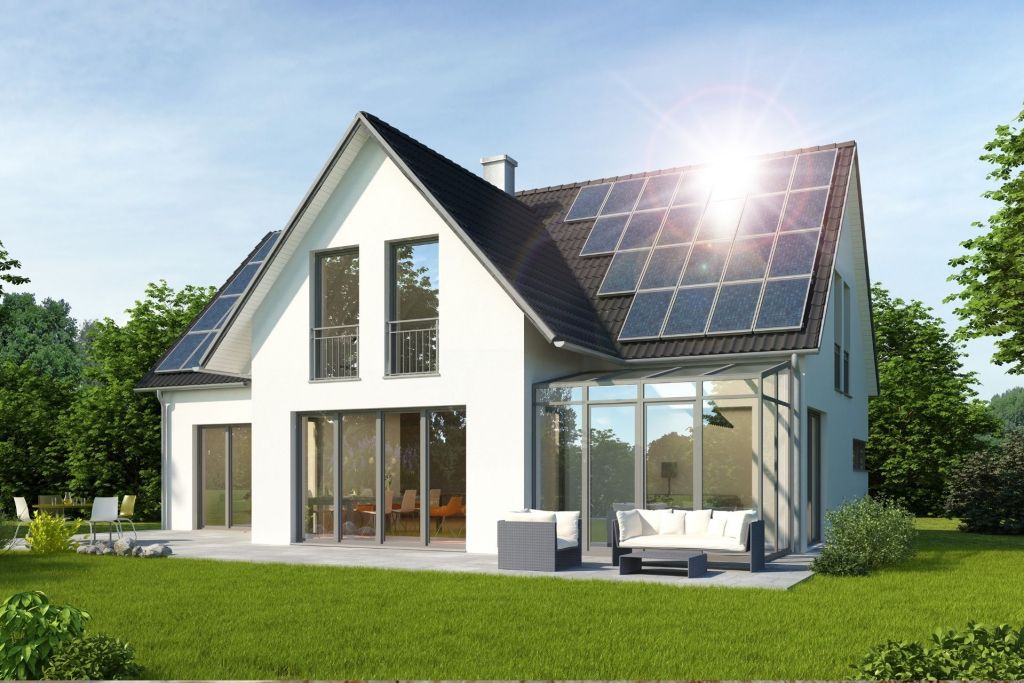
Are There Any Restrictions on Using Native Plants in Landscaping?
Using native plants in landscaping offers numerous benefits such as reduced water usage, enhanced biodiversity, and lower maintenance requirements. However, restrictions may exist depending on local regulations and conservation efforts. Using non-native plants can have negative environmental impacts, including increased water consumption and the potential for invasiveness.
How Does a Compost Toilet Work and Is It Suitable for All Households?
Composting toilets are alternative sanitation methods that use natural processes to break down human waste into compost. They have pros and cons, and while suitable for many households, factors like space and local regulations should be considered.
 Family Craft ProjectsHome ImprovementCooking and BakingReuse and RecycleDIY GiftsEco-Friendly ProjectsDIY Home SolutionsSeasonal ActivitiesFun and GamesLearn TogetherPrivacy PolicyTerms And Conditions
Family Craft ProjectsHome ImprovementCooking and BakingReuse and RecycleDIY GiftsEco-Friendly ProjectsDIY Home SolutionsSeasonal ActivitiesFun and GamesLearn TogetherPrivacy PolicyTerms And Conditions
